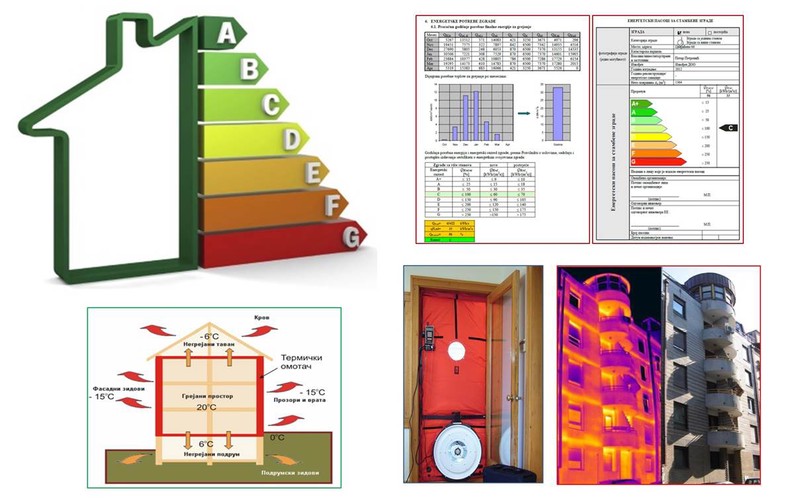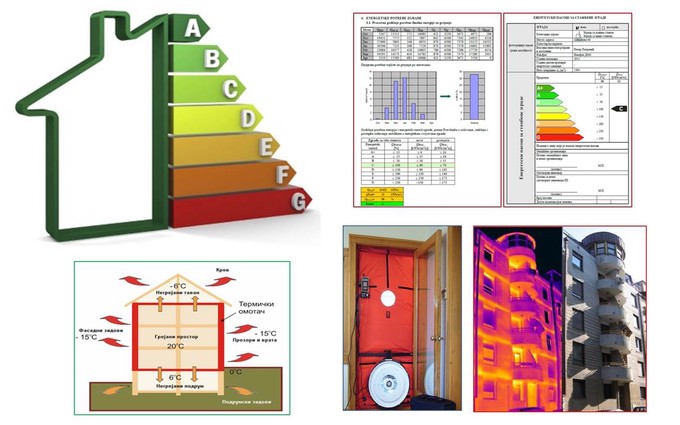The aim of the research in this field is to enable the extensive application of the current measures and development of the new project models for improving the energy efficiency of buildings. Therefore, the possibilities for the latest technical solutions, the use of renewable energy sources and green roof application in buildings are analyzed.
The special attention has been dedicated to the evaluation of the significant energy savings accomplished by the simple solutions in the enhancement of the transparent and opaque elements of the thermal envelope. This type of project is suitable for urban environments, and it can include large groups of residential buildings, with the application of life-cycle cost analysis. It is has been shown that the optimal solution choice produces evident effects in reducing the costs of the energy needed for heating and cooling, CO2 emissions, and additionally raises the quality of life.
In addition to the numerical analysis, experimental measures are also performed to provide exact thermal properties of the building envelope. Transmission losses are calculated by using thermal imaging camera and USB data loggers, while the ventilation losses are examined through a system of blow door testing. The objects for observation are the current buildings in urban areas, but also typical rural houses in Serbia. The obtained results are used to develop a complex model, as well as to validate the parameters in current Rulebook on the energy efficiency of buildings.
The outcome of the research is a comprehensive analysis of the current state of energy efficiency of buildings and a proposal of actions that will improve the building certification process itself. This topic is relevant, considering that the legislation in Serbia and most countries are still incomplete because they do not recognize all the trends and potential adequately for enhancement of energy efficiency in buildings.

